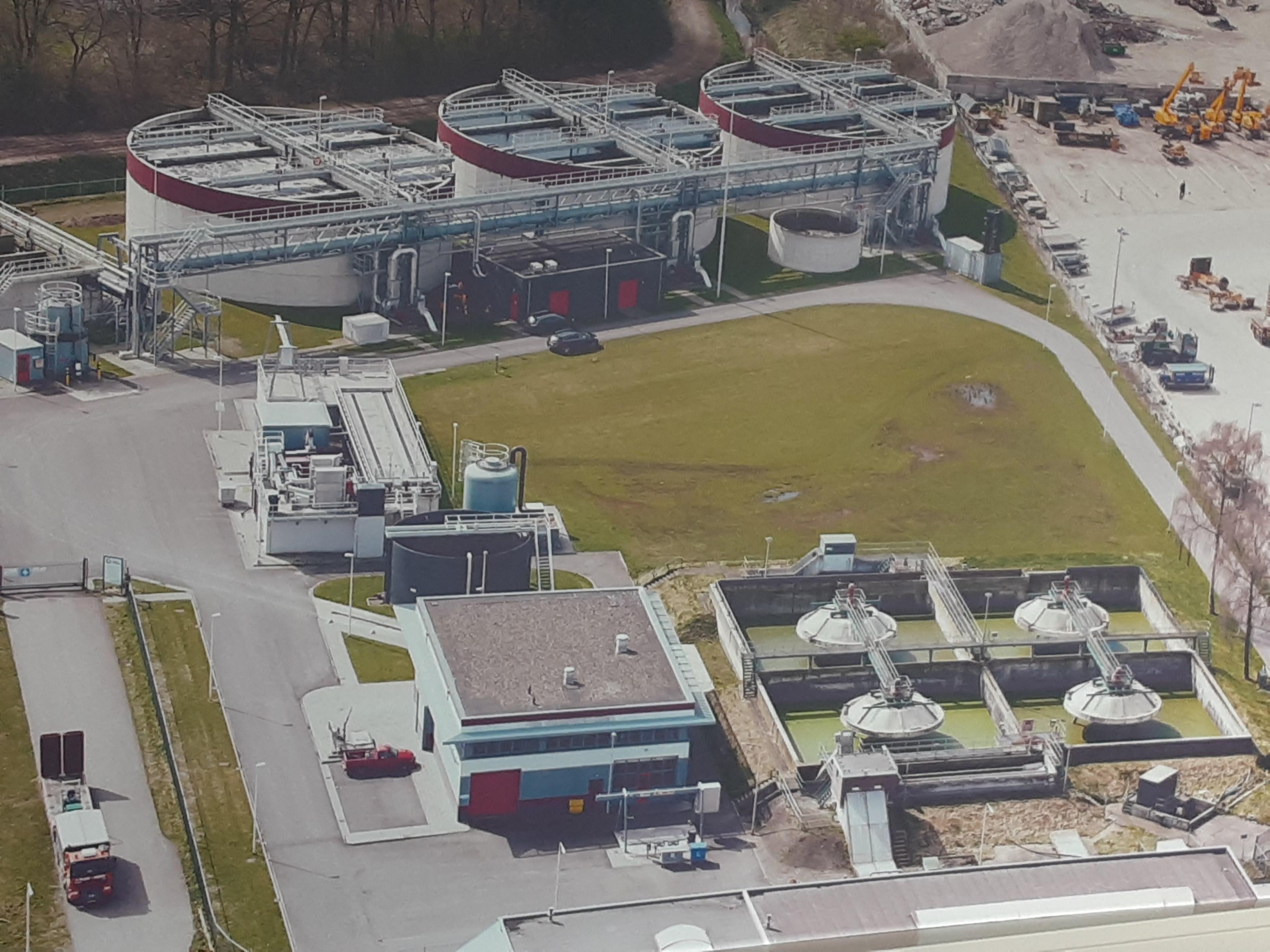Want to reduce energy use associated with wastewater treatment, sewage sludge volume, and your plant’s footprint by 30%? Today, Nicola Crawhall, Canadian Water Network’s CEO, was shown how the Dutch do it.
Nicola was given a tour of the Nereda wastewater treatment plant (WWTP) in Epe, Netherlands. The WWTP uses aerobic granular biomass derived from the sewage itself. Microorganisms grow and accumulate in larger and denser granules (1-2 mm) that are treated at three to four times the concentration compared to conventional activated sludge.

Treated wastewater easily meets both nitrogen and phosphorus water standards. The treatment process is contained in one reactor, with no sedimentation tanks, no recycling or recirculation, and less aeration. Built in 2013, the plant was a proof of concept that followed 20 years of research and development coordinated by STOWA, a research institute that serves the 21 Dutch water boards. There are now 90 plants in twenty countries using the same technology that is patented by Royal HaskoningDHV.
STOWA continues to work with its partners to investigate the creation of a product from the granulated sewage sludge called Kaumera. This gel-like extracellular polymeric substance may eventually be sold as a biological flame retardant, applied to agricultural lands, or used in building materials.
Much like struvite took time to find a market, researchers expect that Kaumera could take five to 10 years to develop into a viable marketable product. Assuming that it can, that would add to the value of this process by removing and selling 30% of the sewage sludge volume. The driver for such innovation is the Dutch government’s circular economy goals, which aim for a 50% reduction in raw material consumption by 2030 and 100% by 2050.
Alternatively, energy may be extracted from the sludge through co-digestion. As an added incentive, the European Union and the Dutch government offer subsidies for projects that save energy. With these kinds of drivers and incentives, it is no wonder the Netherlands is so advanced in the adoption of innovative water technologies.

